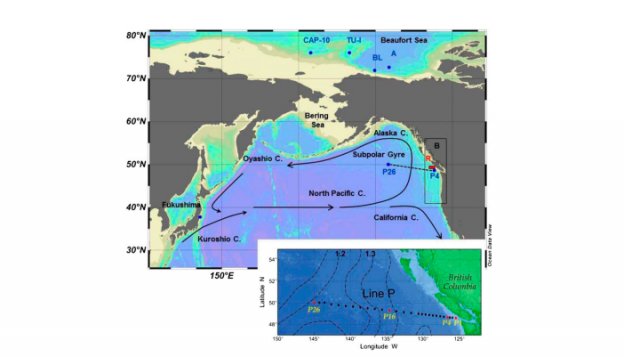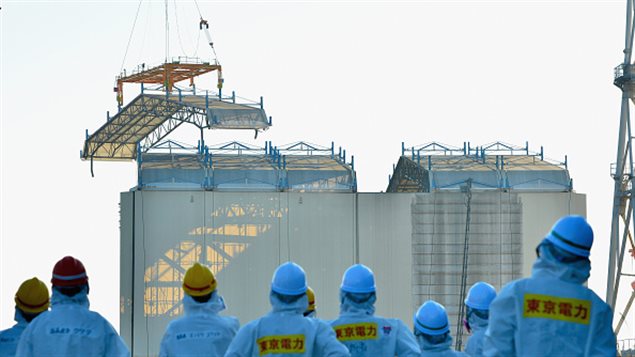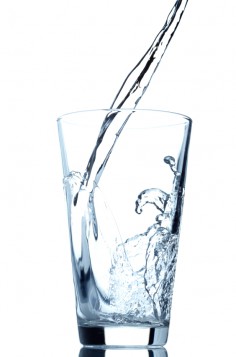After the Great East Japan Earthquake and subsequent tsunami caused a nuclear accident at the Fukushima Dai-ichi power plant, in March 2011, water became contaminated by leeching radioactive material.
A large plume of cesium particles spread across the Pacific Ocean and arrived 1,500 kilometres west of the coast of British Colombia in June 2012, according to a paper by a group of Canadian and US scientists, billed as the “first systematic study” of its kind, and published this month in the American journal Proceedings of the National Academy of Sciences.
"Cesium (chemical symbol Cs) is a metal that may be stable (nonradioactive) or unstable (radioactive). The most common radioactive form of cesium is cesium-137. Another fairly common radioisotope is cesium-134. Cesium-137 is much more significant as an environmental contaminant than cesium-134. " — US Environmental Protection Agency —
One year later, radioactivity had reached the Canadian continental shelf. And by February of this year, contamination was such that radiation levels in the “upper 150 metres of the water column” were double the “background” values normally registered due to fallout from nuclear weapons testing that occurred decades ago.
The researchers expect the concentration of radioactive material to peak in the next year, reaching levels last seen in the 1980s, before gradually falling to attain near pre-Fukushima values in 2021.

Map showing the location of the site of the Fukushima Dai-ichi Nuclear Power Plant accident in Japan. Stations are indicated at which seawater samples were collected in 2011–2014 on Line P and in 2012 in the Beaufort Sea.
Not to worry: researchers
They write that future projected concentrations are “well below levels posing a threat to human health or the envionment.”
Models indicate that values could peak at between 3 and 5 becquerels per cubic meter (Bq/m³) of water, while the maximum allowable concentration of cesium-137 in drinking water, for instance, is of 10,000 becquerels Bq/m³ in Canada.
The study adds that marine species are not expected to be negatively affected by the concentrations and seafood from the continental shelf will remain safe to eat.








For reasons beyond our control, and for an undetermined period of time, our comment section is now closed. However, our social networks remain open to your contributions.